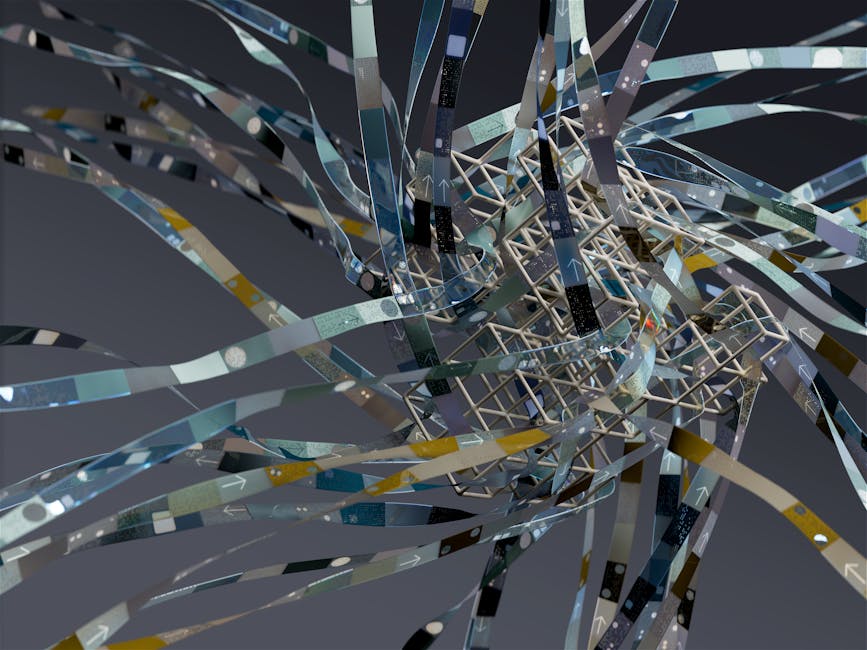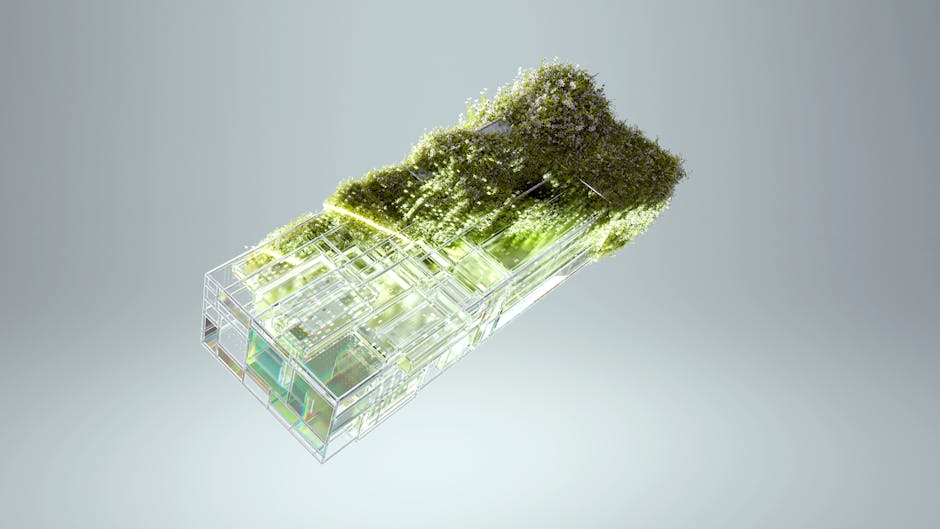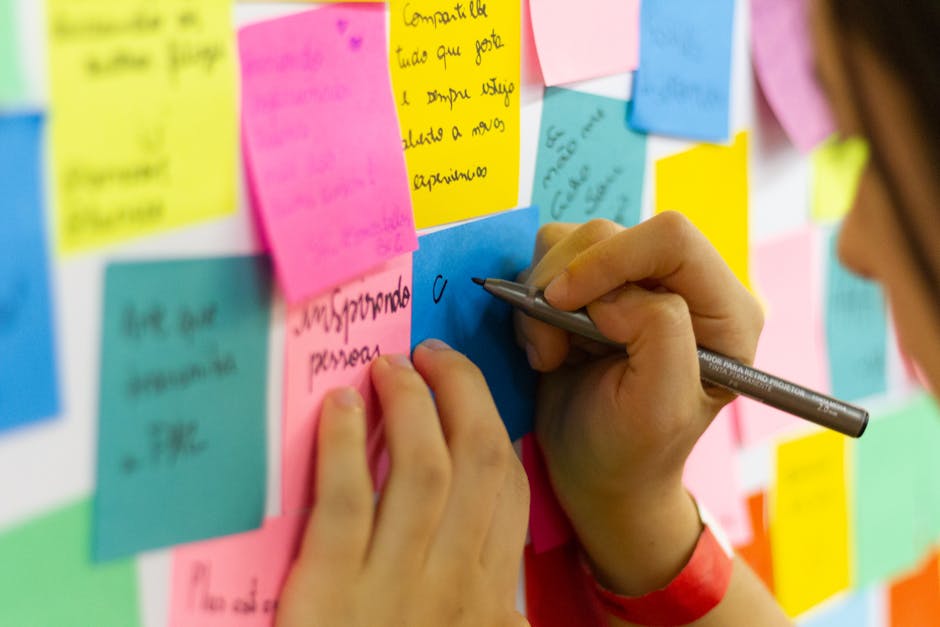Product development & UX are at the core of next-level innovation, shaping the way businesses deliver value and users experience technology. At InnExo, we believe that understanding the evolving landscape of product development & UX is essential for building digital products that not only solve real problems but also delight users and stand the test of time. As we move into 2025 and beyond, it’s crucial to stay ahead of trends, adopt future-proof strategies, and integrate user-centric thinking into every stage of the product lifecycle.
Understanding the Modern Landscape of Product Development & UX

Photo by Google DeepMind on Pexels
Digital transformation has redefined what it means to create successful products. Today, product development & UX are deeply intertwined, with user experience no longer an afterthought but a driving force from ideation through delivery. The modern approach emphasizes a holistic view—considering the user’s journey, business goals, and technological possibilities in tandem.
Key shifts in the landscape include:
- User-Centricity: Empathy-driven design is now the gold standard. Teams conduct extensive user research, map out detailed personas, and prioritize solving real user pain points.
- Agile & Lean Methodologies: Iterative development cycles, rapid prototyping, and continuous feedback loops have become mainstream, allowing teams to adapt quickly and reduce risk.
- Cross-Disciplinary Collaboration: Successful product teams bring together designers, developers, researchers, and business stakeholders, breaking down silos for a more cohesive product vision.
- Business Alignment: UX is recognized as a strategic driver of business outcomes, with metrics like customer satisfaction, retention, and lifetime value linked directly to design decisions.
In this new era, the synergy between product development & UX is not just about aesthetics or usability—it’s about creating meaningful, valuable, and sustainable digital experiences that fuel innovation and growth.
Key Trends Shaping Product Development & UX in 2025

Photo by Phil Nguyen on Pexels
The rapid pace of technological advancement and shifting user expectations continue to transform product development & UX. Here are the most influential trends for 2025:
- AI-Driven Personalization: Artificial intelligence is powering hyper-personalized experiences, adapting interfaces and content in real time based on user behavior and preferences. Ethical AI use, transparency, and data privacy are top priorities in this space.
- Immersive 3D and Spatial Design: Interactive 3D elements, augmented reality (AR), and spatial navigation are making digital experiences more engaging and intuitive, especially in e-commerce, education, and entertainment.
- Accessibility and Inclusivity: There is a renewed urgency around designing for all users, regardless of ability. Accessibility is now a core requirement, not a feature, driving innovation in voice interfaces, adaptable layouts, and assistive technologies.
- Sustainable and Ethical Design: Eco-conscious design practices are gaining traction, from reducing digital carbon footprints to choosing ethical suppliers and promoting responsible data usage.
- Zero UI and Invisible Interfaces: As devices become smarter, interfaces are moving beyond screens—think voice, gesture, and ambient computing—creating seamless, frictionless experiences.
These trends reflect a broader shift towards more thoughtful, strategic, and responsible product development & UX, where technology serves humanity and not the other way around.
Building a User-Centric Product Development Process

Photo by Google DeepMind on Pexels
At the heart of successful product development & UX lies a user-centric process that prioritizes understanding and serving real human needs. Here’s how leading teams structure their approach:
- Discovery & Research: Start by deeply understanding your target audience through interviews, surveys, ethnographic studies, and data analysis. Develop personas and journey maps to visualize user goals, pain points, and contexts.
- Ideation & Concepting: Use brainstorming, co-creation workshops, and design sprints to generate and refine ideas. Encourage diverse perspectives to surface innovative solutions.
- Prototyping & Validation: Build low- and high-fidelity prototypes to test concepts early and often. Conduct usability testing to gather actionable feedback, iterating rapidly based on real user input.
- Development & Delivery: Foster close collaboration between designers, developers, and product managers. Use agile methodologies to deliver value incrementally, ensuring design intent is preserved through implementation.
- Continuous Improvement: Launch is just the beginning. Monitor product performance, collect user feedback, and iterate to address emerging needs and opportunities.
Embedding user-centricity at every stage not only leads to better products but also builds trust, loyalty, and long-term business success.
The Role of AI and Emerging Technologies in UX

Photo by Pavel Danilyuk on Pexels
Artificial intelligence and emerging technologies are revolutionizing product development & UX, unlocking new possibilities for personalization, automation, and engagement. Here’s how they’re making an impact:
- Personalized Experiences: AI algorithms analyze user data to tailor content, recommendations, and interfaces, creating unique journeys for each individual.
- Predictive Design: Machine learning models anticipate user needs and proactively surface relevant features or information, reducing friction and enhancing satisfaction.
- Generative Design Tools: AI-powered design assistants help generate layouts, color schemes, and even branding assets, streamlining workflows and freeing up human creativity for higher-level problem solving.
- Conversational Interfaces: Natural language processing enables chatbots, voice assistants, and other conversational UIs, making technology more accessible and intuitive.
- Ethical Considerations: As AI becomes more integral, designers must address issues like algorithmic bias, transparency, and data privacy, ensuring technology serves users equitably and responsibly.
By embracing AI and emerging tech thoughtfully, teams can create smarter, more adaptive, and more delightful digital experiences while upholding ethical standards.
Designing for Accessibility and Inclusivity

Photo by RDNE Stock project on Pexels
Accessibility is a fundamental aspect of product development & UX, ensuring that digital products are usable by everyone, regardless of ability. Inclusive design not only expands your audience but also drives innovation and social impact. Here’s how to make accessibility a core part of your process:
- Universal Design Principles: Follow established guidelines such as WCAG (Web Content Accessibility Guidelines) to create interfaces that are perceivable, operable, understandable, and robust for all users.
- Assistive Technologies: Design with compatibility for screen readers, voice commands, alternative input devices, and other assistive tools in mind.
- Inclusive Research: Involve users with diverse abilities in your research and testing processes to uncover barriers and validate solutions.
- Flexible and Adaptable Interfaces: Create layouts that adjust to different devices, screen sizes, and user preferences, supporting features like dark mode, text resizing, and high-contrast themes.
- Empathy and Representation: Use inclusive language, imagery, and scenarios to reflect the diversity of your user base, fostering a sense of belonging and respect.
Designing for accessibility isn’t just a legal or ethical requirement—it’s a powerful driver of innovation and user satisfaction that sets your products apart in a crowded market.
Sustainable and Ethical Product Design

Photo by Monstera Production on Pexels
As environmental and social concerns rise, product development & UX must prioritize sustainability and ethics. This means considering the broader impact of your products on people and the planet:
- Eco-Friendly Practices: Optimize digital products to reduce energy consumption, minimize data transfer, and extend device lifespan. Choose sustainable materials and partners for physical products.
- Responsible Data Use: Be transparent about data collection, storage, and usage. Empower users with control over their information and prioritize security and privacy.
- Ethical Design Decisions: Avoid dark patterns, manipulative tactics, and features that exploit user vulnerabilities. Design with honesty and integrity, putting user well-being first.
- Long-Term Thinking: Consider the lifecycle of your product, from production to end-of-life. Build for durability, repairability, and recyclability whenever possible.
Sustainable and ethical design isn’t just good for the world—it’s increasingly demanded by users and can enhance brand reputation, loyalty, and competitive advantage.
Future-Proofing Your Product Development & UX Strategy

Photo by Bruno Bueno on Pexels
With technology, user expectations, and societal norms evolving rapidly, future-proofing your product development & UX strategy is essential. Here are proven practices to stay ahead:
- Continuous Learning: Invest in ongoing education for your team—stay updated on the latest tools, trends, and best practices in UX and product development.
- Embrace Experimentation: Foster a culture of experimentation, testing new ideas and approaches to uncover what works best for your users.
- Data-Driven Decision Making: Use analytics, A/B testing, and user feedback to inform design and product choices, ensuring your strategy is grounded in real-world insights.
- Build Resilient Systems: Design products and processes that can adapt to change, scale efficiently, and recover gracefully from setbacks.
- Champion Diversity and Inclusion: Assemble teams with diverse backgrounds and perspectives to drive creativity, empathy, and innovation.
By proactively adapting to change and putting users at the center, you can ensure your product development & UX efforts remain relevant, impactful, and innovative for years to come.
Conclusion: Next-Level Innovation Starts Here

Photo by Google DeepMind on Pexels
As we look to the future, product development & UX will continue to be the engines of next-level innovation. The most successful organizations will be those that embrace user-centricity, harness emerging technologies responsibly, design for inclusivity and sustainability, and build resilient, future-ready strategies. At InnExo, we’re committed to helping you navigate this dynamic landscape—because next-level innovation truly starts here.
Sources
- https://trends.uxdesign.cc
- https://careerfoundry.com/en/blog/product-design/product-design-trends/
- https://www.uxdesigninstitute.com/blog/ux-design-trends-in-2025/
- https://www.behance.net/gallery/209674381/Design-Trends-2025?locale=en_US
- https://www.uxstudioteam.com/ux-blog/ui-trends-2019





